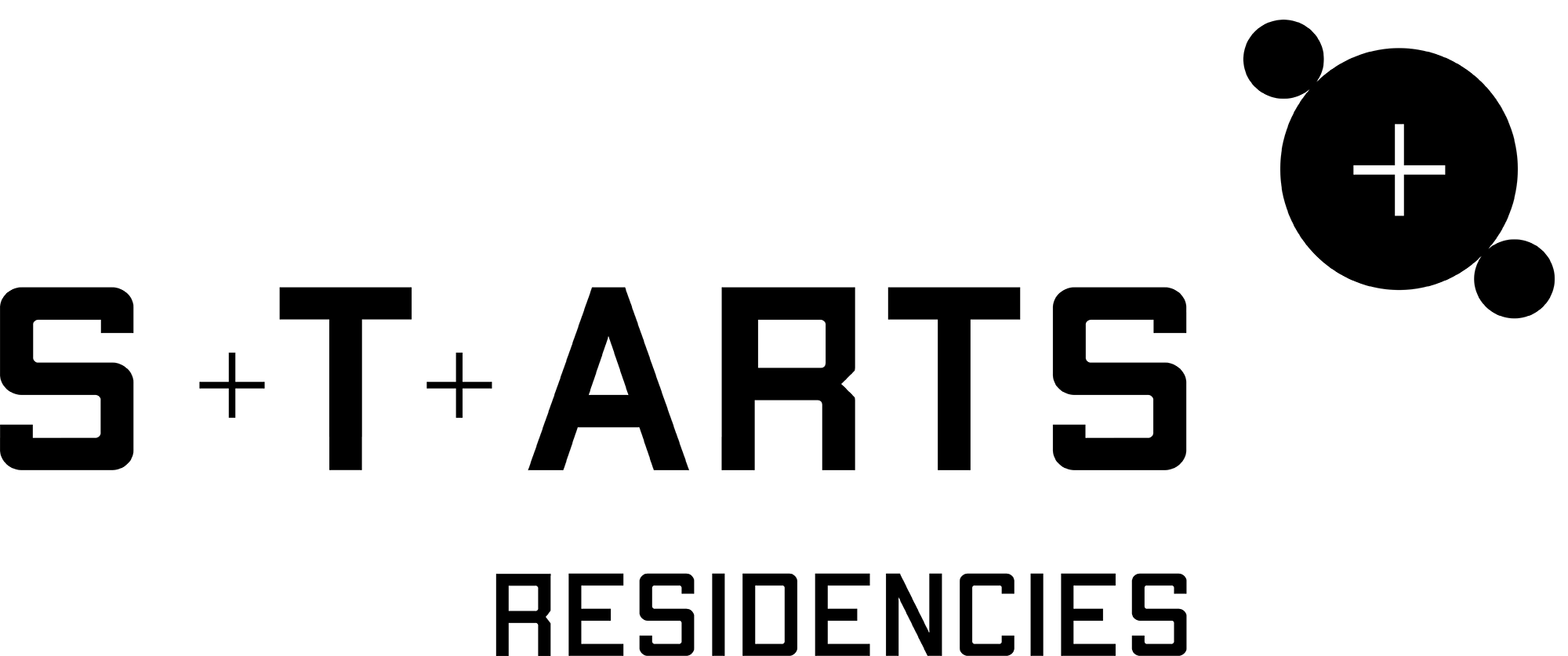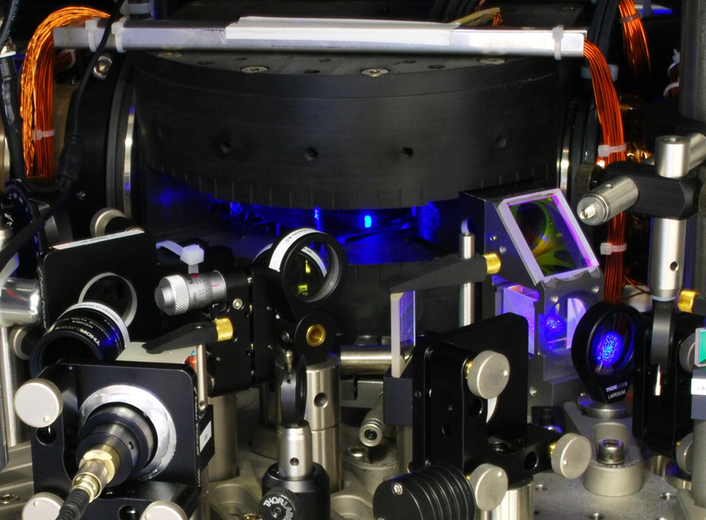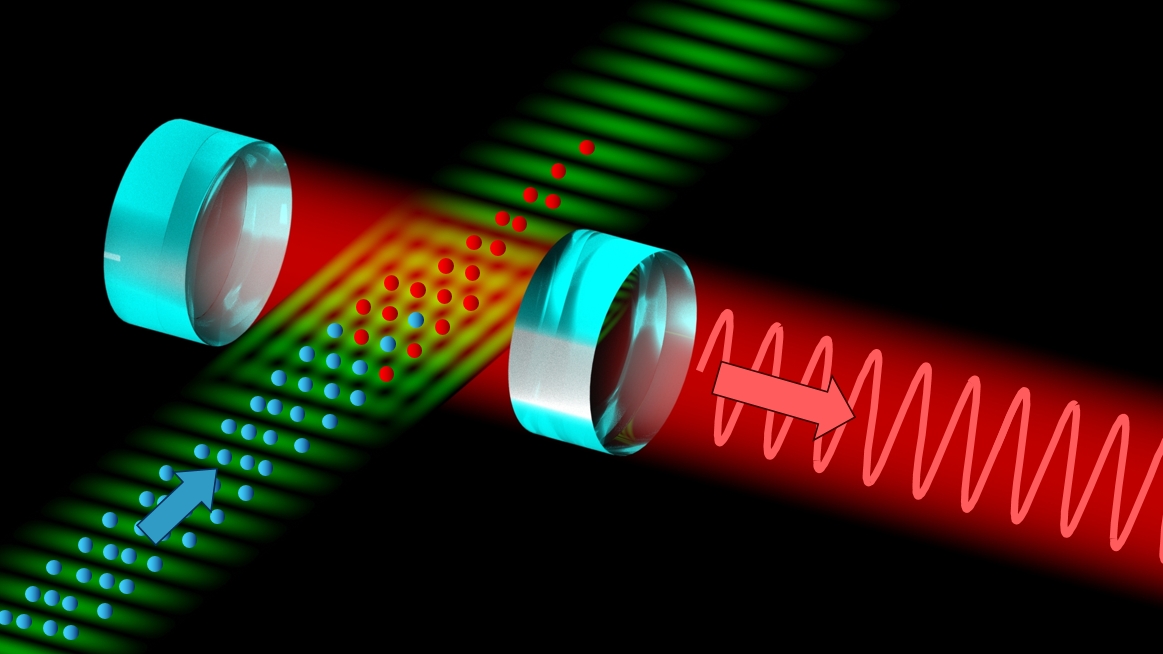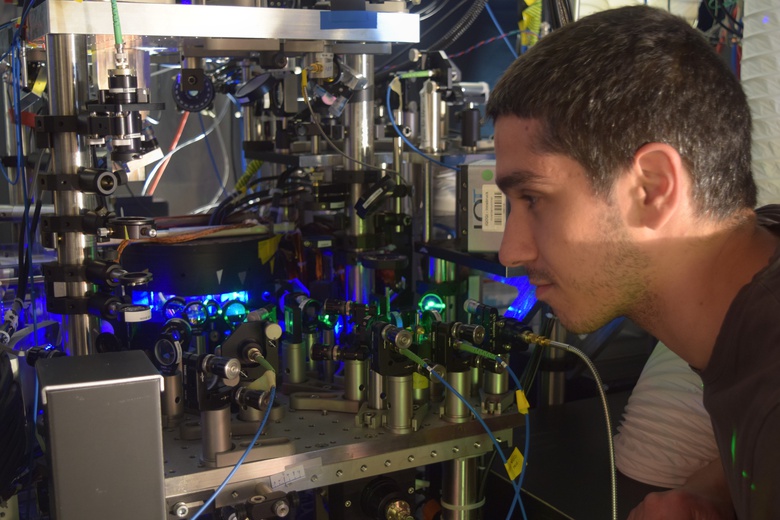Tech Project
Description of the challenges faced by the Tech Project
iqClock's technology will bring the performance of the best laboratory clocks to products and develop a new type of clock, a superradiant clock. We are very open to participate in addressing artistic challenges in nearly any form. Inspiration for possible artistic challenges might include (see project description): - the fundamental differences between the quantum world and the world as we perceive it as humans - obtaining full control over quantum systems in very indirect ways - the window on nearly unbelievable facts about reality opened by atomic clocks - the implications of our work on society - the scientific process
Brief description of technology
Our work and research is executed in companies and atomic physics laboratories throughout Europe, see www.iqclock.eu. Strontium atoms are laser cooled inside a vacuum chamber to near zero Kelvin. The frequency of laser light is stabilized to an ultranarrow atomic transition providing the ticking rate of the clocks. To achieve this goal a complex systems of lasers, optics, electronics, mechanical components, vacuum chambers, and software will be built. One objective of iqClock is to build the smallest strontium clock in the world, about the size of two big fridges. Another objective is to develop a completely new type of optical clock, a superradiant clock, and the two prototypes we are building will fill a room each. The artist will have access to all technologies required in building a clock, i.e. the consortium partners can guide the artist in understanding, operating or even building parts of these machines. We will discuss our research and its implications with the artist and, if desired, can help the artist to develop technical setups for the artwork.
What the project is looking to gain from the collaboration and what kind of artist would be suitable
We are open in the objectives defined by the artist and will merely suggest here what could be suitable. We hope that the process of developping an artwork will stimulate thoughts and discussions and give everyone involved in the project a different perspective on Nature, science, technology development and the impact of our work on society. The collaboration between us and an artist could create innovative usages of our technology that we would not obtain otherwise. The artist could thereby influence us and the development of our technology. The artwork might form a catalyst to bring various parts of society into contact and discussions with each other. An objective should probably be to show the artwork at relevant galeries, expositions, museums, etc.
Resources available to the artist
The artist will be embedded in the iqClock team and have access to similar resources as other team members, including shared office (desk, internet), shared workspace, shared optics laboratory with an optical table for the art project, mechanical and electronic workshops, secretaries and travel budget. The artist will be able to learn about our technology, including the construction of small setups. Standard optical, mechanical and electronic components are provided to the artist, as long as they are returned undamaged after the project. All resources are provided within reasonable limits during the full project period after discussion with the host institution.




